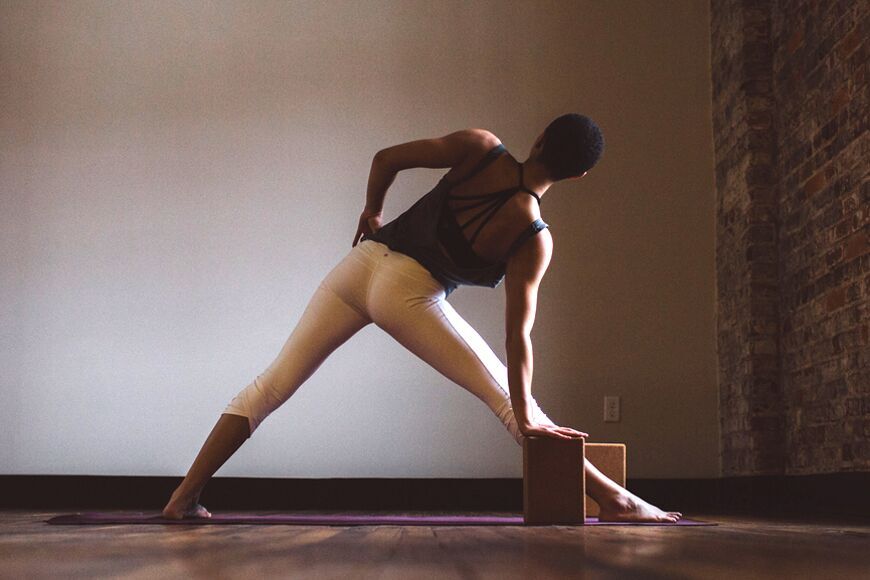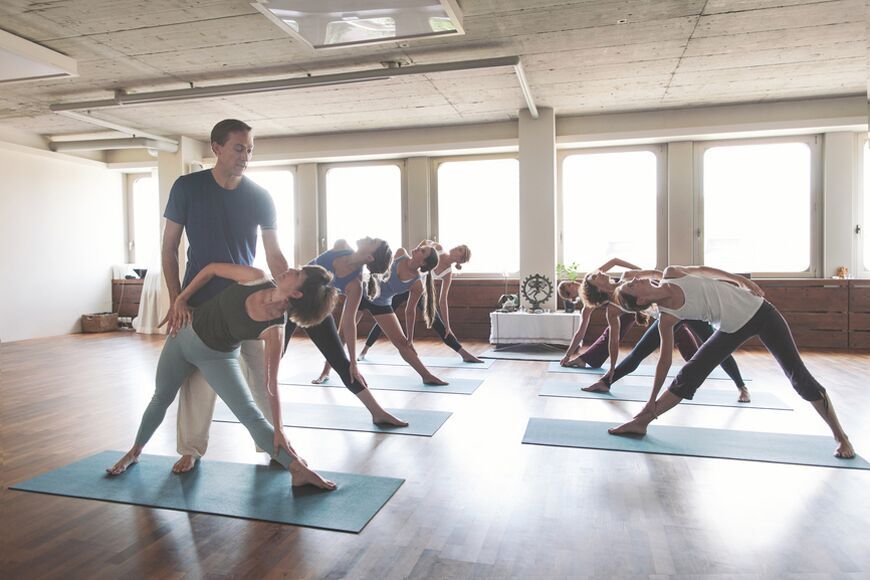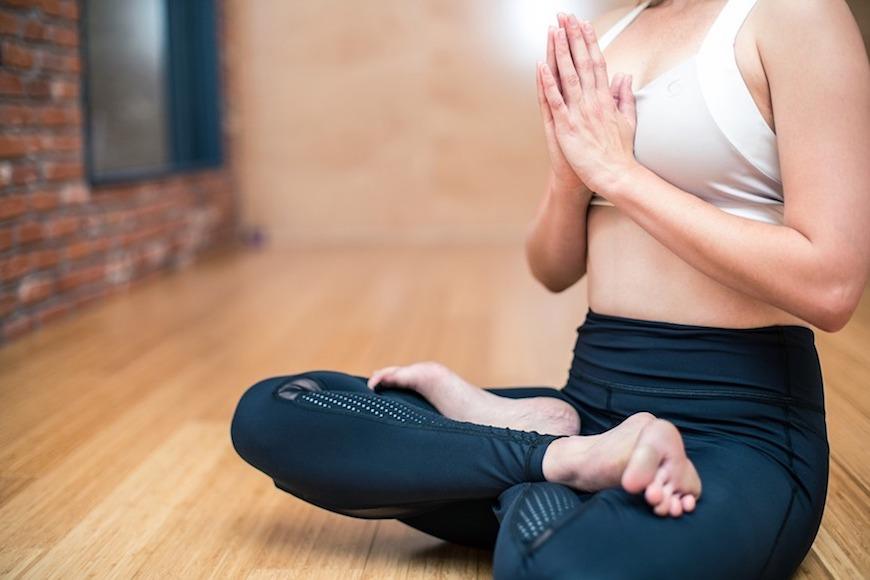It's serious despite its somewhat comical moniker and so named because the pain associated with it tends to show up around that area of the body—I can tell you from personal experience that it's, well, a pain in the ass.
I can tell you from personal experience that it's, well, a pain in the ass.
According to Dr. Loren Fishman, a New York-based MD who studied yoga with B.K.S. Iyengar, there are at least three types of yoga butt, and they present themselves in a variety of not-so-fun ways. The pain might run sharply through the length of your hamstring, feel like pins and needles on the sides of your calves and toes, or ache right where your thigh meets your glutes.
In the name of happy hammies, I asked Fishman for all the intel. Keep reading for the 411 on how to identify, prevent, and namaslay yoga butt.

Three types of common yoga butt injuries
The kind that results from overused muscles: The first injury develops from holding poses that bust your glutes—like Warrior 1 and Warrior 3—for too long. As a result, your hamstring muscle spasms and presses against the sciatic nerve, which runs from your lower back down the back of each leg.
That which results from overstretched muscles: This type is the yin to the former's yang. Instead of over-contracting your glutei muscles, you over-stretch or even tear them. This iteration takes the longest to heal, so consulting your doc can definitely save you weeks or even months of recovery time.

{{post.sponsorText}}
The result of too much weight on your sitz bones: If you frequent a yoga studio, you're familiar with the "sitz bones," but here's a quick refresher. The term refers to your ischial tuberosities, or the pointy bones that you can feel when you sit down. Fishman says that you're particularly susceptible to injuring the muscles around these bones in poses like boat, where you're pouring all your weight into the sitz bones and stretching simultaneously. Luckily, the antidote to this particular strain of yoga butt is more yoga.

The two modifications to make during all your yoga poses if you're having hamstring pain
If you're the type of yogi who tends to zone out and completely ignore the instructor's verbal cues during class (guilty)—it's time to change your flow. "There’s a fine edge between doing [a pose] right and doing it wrong," explains Fishman. "One of the things you should do is have good alignment." In order to make sustainable choices, be mindful of these two crucial adjustments and how each one works anatomically.
Flex the opposite muscle of the one you're stretching
Just like what you learned in high school physics: "For every action, there is an equal and opposite reaction." Your muscles adhere to a similar rule called the agonist/antagonist reflex. Whenever you stretch one muscle group (the agonist), the antagonist muscle must make the opposite move in order to protect the integrity of the pose. Otherwise, you're more prone to injuries.
So when you're stretching your hamstrings, contract your quadriceps to protect both muscle groups. Fishman recommends paying extra attention to this push-pull relationship at the beginning of class when you're still warming up your muscles. Then, once you've moved through a few rounds of sun salutations, your body will naturally enact the reflex.
Treat the first 30–60 seconds of the pose as a warm-up
Just like the agonist/antagonist reflex, there's another push-pull relationship happening in your muscles. Whenever you stretch one, intrafusal fiber sensors in the body send a signal to your spinal chord telling it to resist. In response, the golgi tendon organ fires sensory signals in the exact opposite way, telling your spinal chord that it's a-okay to relax your muscles.
So don't force yourself into the splits right off the bat; instead, make sure you're waiting 30 to 60 seconds for the golgi tendons to beat out the intrafusal fibers.

How to heal from a yoga hamstring injury
Basically, get help and go easy.
Fishman recommends checking in with your MD or physical therapist as soon as you can. In the meantime, treat yourself with a little extra patience as you move from pose to pose and try to go light on any asana that triggers pain.
Originally published February 27, 2018; updated June 19, 2018.
This yoga sequence will help you live your most healthy, vibrant life. And if you're in the market for a gorg, new mat—check out these 9 mood-boosting picks.
SaveSaveSaveSaveSaveSave
SaveSaveSaveSaveSaveSaveSaveSaveSaveSaveSaveSave
SaveSaveSaveSaveSaveSave
Loading More Posts...